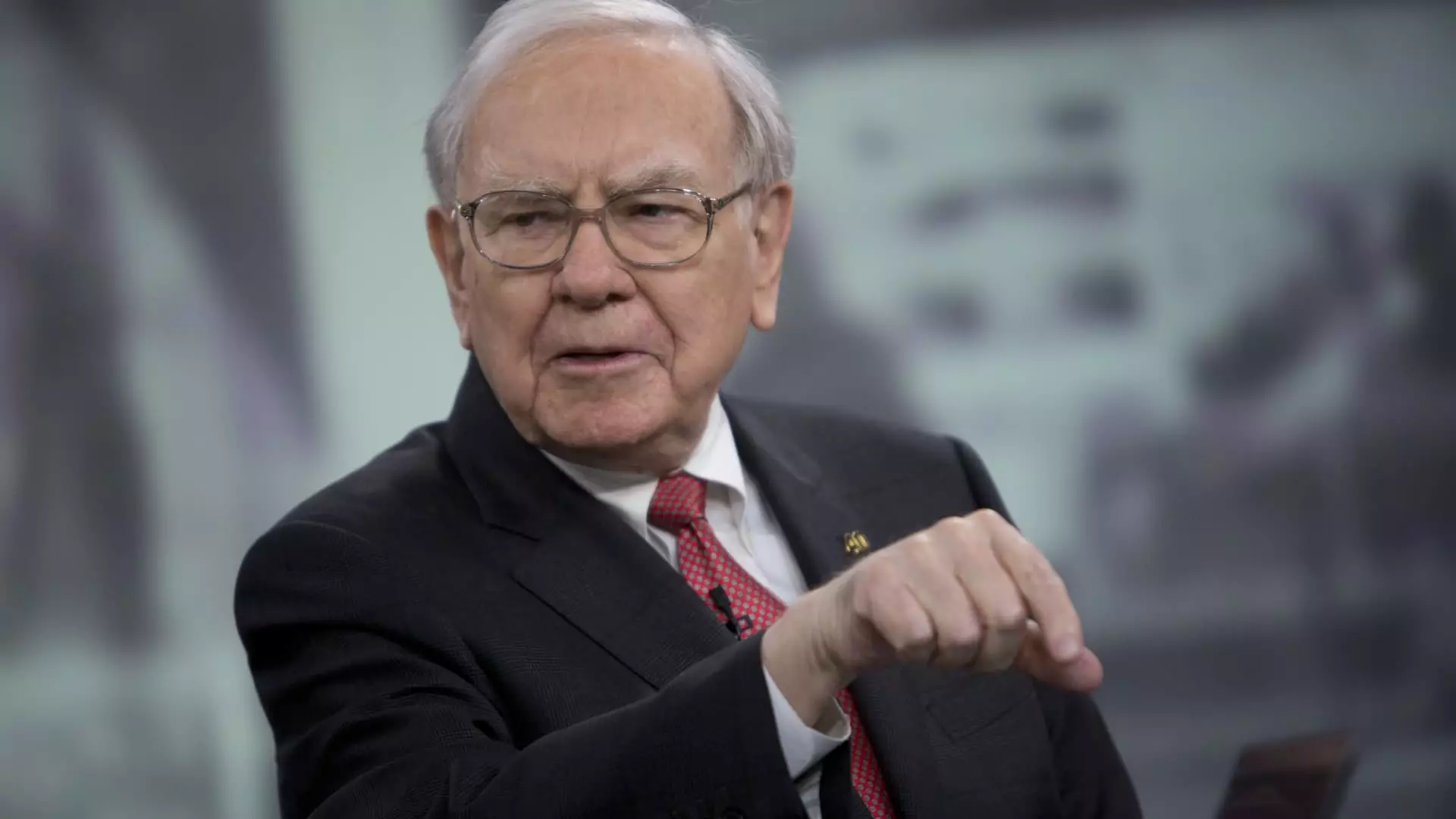Warren Buffett, often referred to as the Oracle of Omaha, is a well-known critic of investing in gold. He famously stated that gold has two significant shortcomings – it doesn’t produce anything of value like profits, and its price is based solely on speculation. According to Buffett, even though gold has some industrial and decorative uses, its demand is limited and cannot keep up with new production. This perspective leads him to believe that owning gold doesn’t serve any productive purpose in the long run. While the price of gold has recently surged to new all-time highs, Buffett remains unconvinced about its intrinsic value.
Buffett has often emphasized his preference for investing in productive assets such as businesses, farms, or real estate, which have the potential to increase output and value over time. He once illustrated this point by comparing the value of all the gold in the world to a third of all the stocks in the United States. Buffett’s argument is that owning a non-productive asset like gold, despite its shine and historical significance, doesn’t provide the same long-term growth potential as productive assets do. For him, the key to successful investing lies in acquiring assets that can generate wealth and value creation.
One of Buffett’s criticisms of gold is that its value is largely driven by fear rather than fundamental factors. He believes that most gold purchasers are motivated by a desire to hedge against geopolitical or economic uncertainties, which leads to increased demand for the precious metal during times of crisis. Buffett once remarked that buying gold is essentially a way of “going long on fear,” implying that its price relies on the expectation that people will become more fearful in the future. This speculative nature of gold investment goes against Buffett’s philosophy of investing based on underlying business fundamentals.
Despite his strong views on gold, Warren Buffett did engage in a significant silver buying spree in the late 1990s. Berkshire Hathaway, his investment company, acquired 129.7 million ounces of silver at that time. Unlike gold, Buffett’s interest in silver was driven by market dynamics, specifically the imbalance between supply and demand in the silver market. He believed that as bullion inventories declined, the price of silver would need to rise to reach a new equilibrium. While the silver position was a relatively small part of Berkshire’s portfolio, it showcased Buffett’s willingness to explore different investment opportunities beyond his usual scope.
Warren Buffett’s critical stance on gold reflects his long-held investment principles of focusing on productive assets with the potential for value creation. While gold may have its allure as a safe-haven asset during times of uncertainty, Buffett remains skeptical about its long-term growth prospects. His preference for investing in businesses and other productive assets underscores his belief in the power of entrepreneurship and innovation to drive wealth creation. As investors navigate the ever-changing financial landscape, Buffett’s insights on gold serve as a valuable reminder to prioritize substance over speculation in building a robust investment portfolio.

